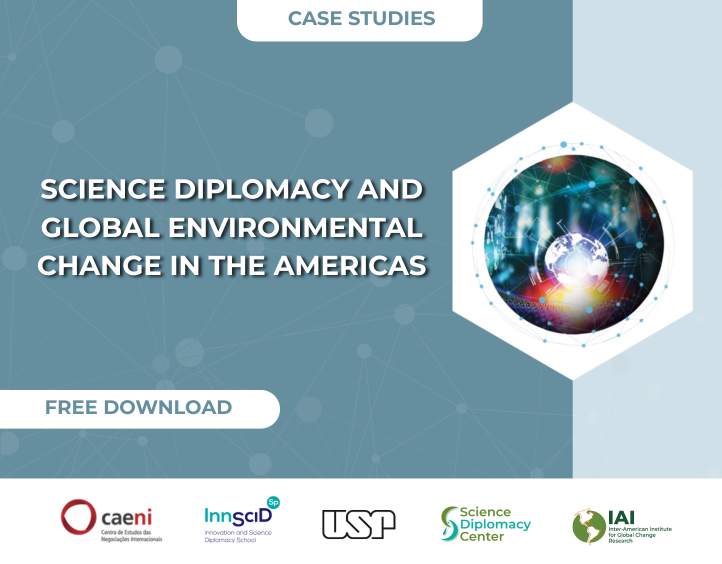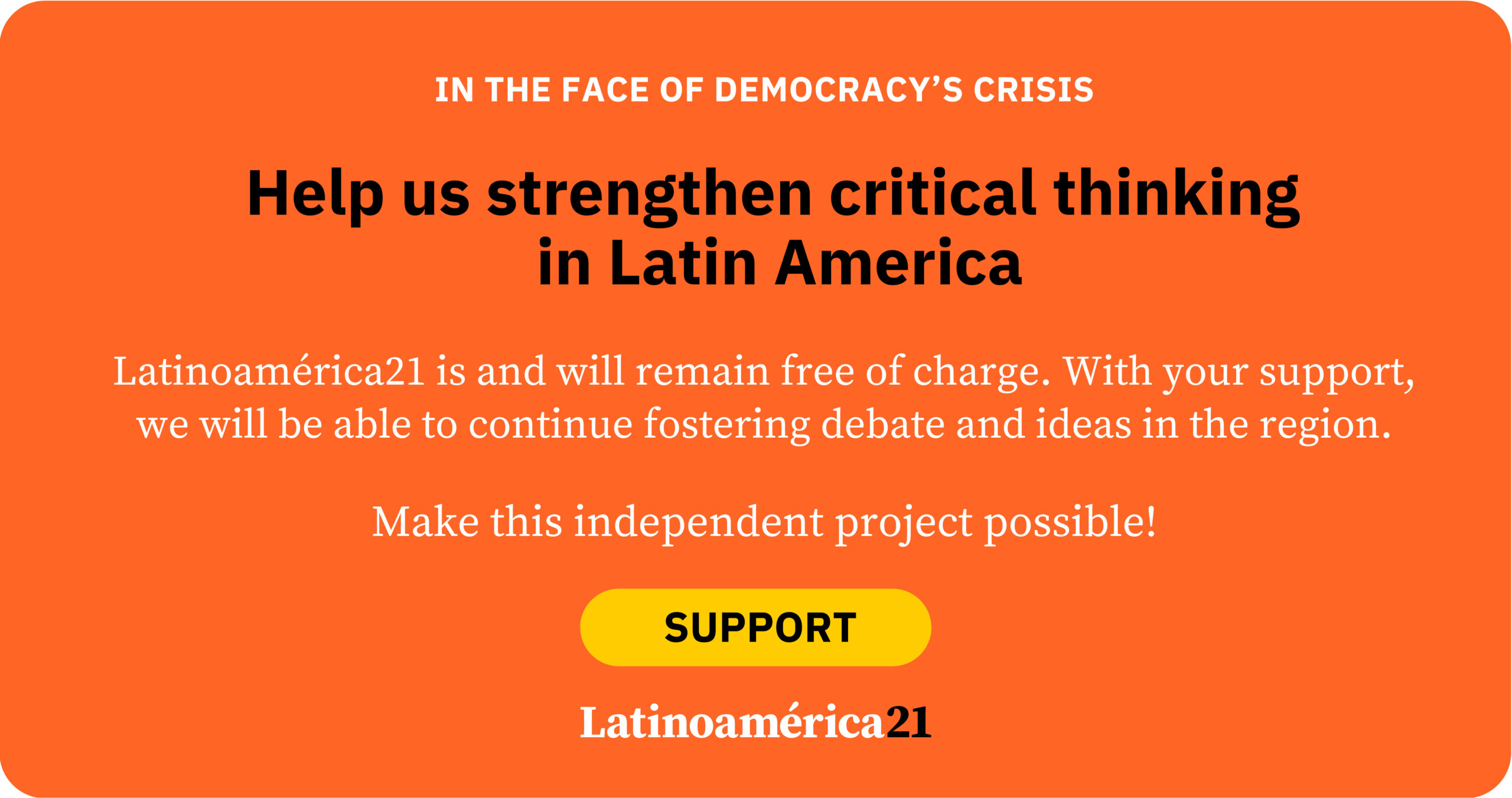With Donald Trump’s inauguration, the “America First” policy was reintroduced, including tariffs as an economic pressure tool and an expression of protectionist policy. During Trump’s first term, negotiations between the EU and Mercosur concluded in June 2019 with a first draft of an Association Agreement. The conclusion of these negotiations, after more than 20 years of ups and downs, was seen at the time as a signal from both the EU and Mercosur in favor of free trade and against the Trump administration’s protectionist policies.
Subsequently, negotiations were stalled due to disputes over stronger climate protection guarantees demanded by the EU, France’s covert agricultural protectionism, and Bolsonaro’s disastrous environmental and climate policies. Skepticism over whether the agreement would ever be signed began to increase again. However, following Trump’s re-election, the European Commission and Mercosur agreed on a modified text with annexes in early December 2024, which still needs to be signed and ratified by both parties.
The impending change of government in the United States after Trump’s electoral victory may have influenced the conclusion of these renegotiations. It is also possible that the reaction against U.S. protectionist policies in Europe and South America could influence the signing and subsequent ratification of the agreement. In this way, Donald Trump could ironically become the midwife of the EU-Mercosur agreement.
With this agreement, both parties would clearly oppose U.S. trade policies. Unlike Trump, Mercosur and the EU support broad trade liberalization and the consolidation of their trade relations on a legal basis that provides security for businesses and governments. The EU and Mercosur reference the Paris Agreement, from which Trump has once again withdrawn the United States. In contrast, the EU and Mercosur reaffirm its validity and commit to complying with it.
The EU-Mercosur agreement is based on a partnership between equals that considers the concerns of both sides. This has not always been the case. For a long time, the EU sought to unilaterally impose its interests or dictate market access rules for the European market that directly impacted third countries, going beyond what was agreed upon with Mercosur.
With Lula in power, Brazil has managed to frame the negotiations as a North-South conflict of interests, in which the EU seeks to impose its unilateral interests without making concessions to Mercosur partners or sufficiently considering their concerns. In the new text of the agreement, the EU and Mercosur have made mutual concessions.
The governments of Mercosur, especially Brazil, emphasize concessions in the liberalization of public procurement (such as the total exclusion of purchases made by the Unified Health System and the preservation of preference margins for national goods and services), the right to apply export tariffs on critical minerals to promote local value-added creation, and the protection of the national automotive industry with tariff eliminations over a longer period (especially for electric vehicles, hydrogen vehicles, and other new technologies) and the creation of an investment safeguard mechanism in the sector.
The EU has achieved its goal of giving greater weight to environmental and climate protection. In the new text, the parties reiterate their commitment to the Paris Agreement, which they define as an essential element of the agreement between the EU and Mercosur. The text establishes that in the case of a serious and substantial violation of obligations, appropriate measures may be taken, including, as a last resort, the total or partial suspension of the agreement. In the new annex on trade and sustainable development, the EU and Mercosur reaffirm their international commitments to prevent further deforestation and intensify efforts to stabilize or increase forest cover from 2030 onward.
For Mercosur governments, the elements of cooperation and mutual trust in the new agreement text are of special importance. For a long time, the EU’s position was characterized by distrust toward Mercosur, and its willingness to fulfill its environmental and climate commitments was questioned. Mercosur governments emphasize that the EU now trusts Mercosur states themselves to monitor and verify compliance with EU environmental standards when exporting goods to the European market. Additionally, the EU promises financial support to adapt to new environmental and climate protection requirements in trade, as well as preferential treatment for Mercosur’s sustainable products and the creation of a special program to channel cooperation within the framework of the agreement. In summary, this represents a significant step toward a bi-regional and shared agenda to combat climate change and promote sustainable development.
The text is now undergoing legal review and translation into the EU’s official languages. Next, the European Commission will present the agreement to the European Council for approval (by a qualified majority). A decision must then be made on whether to split the association agreement and vote separately on the trade section (ratification only by the European Parliament) or on the entire agreement (requiring ratification by national and, in some cases, subnational parliaments as well).
While the signing and ratification of the agreement by Mercosur states can be taken for granted, it is now up to the European Union to seize the opportunity to position itself as the antithesis of Trump’s trade policy and assert itself as a regulatory power. It would be tragic if the EU’s geoeconomic and geopolitical aspirations were sacrificed on the altar of French agricultural protectionism.
*Machine translation proofread by Janaína da Silva.














